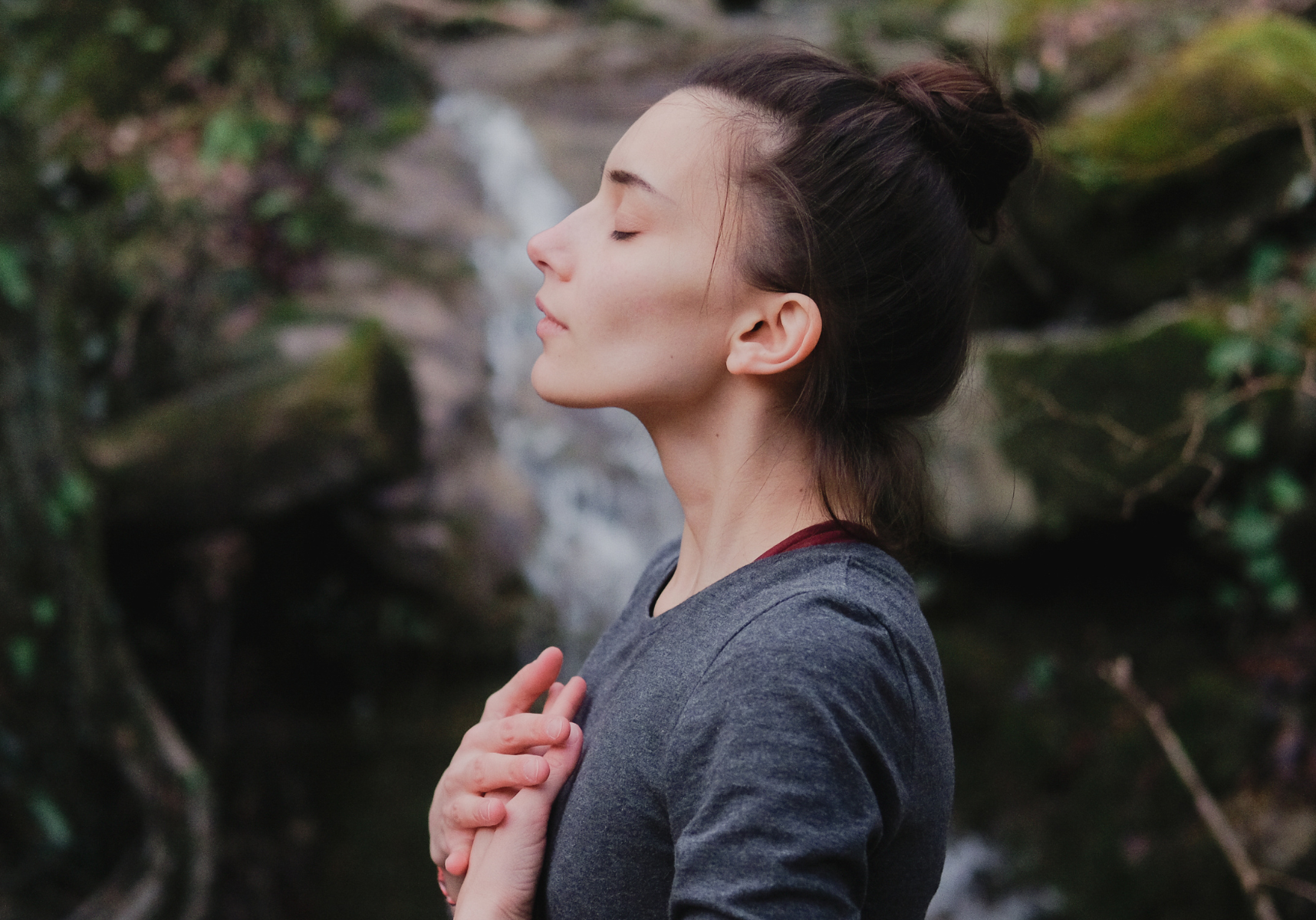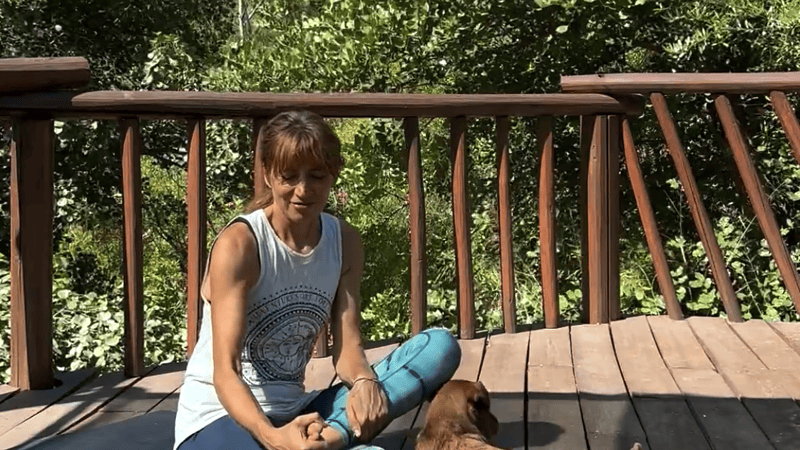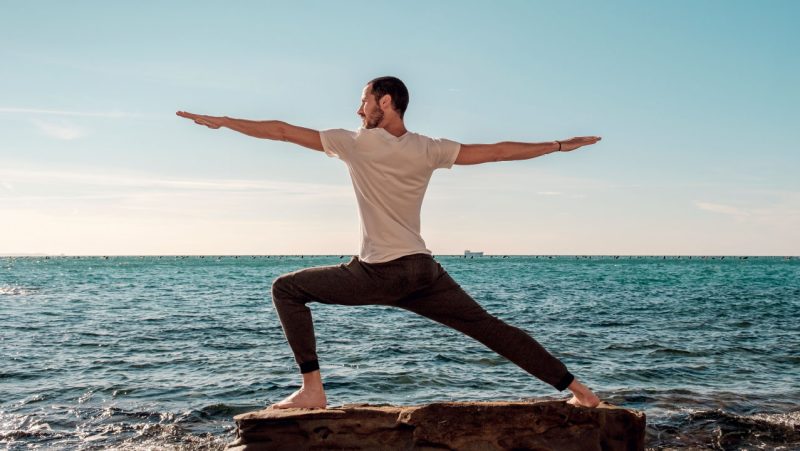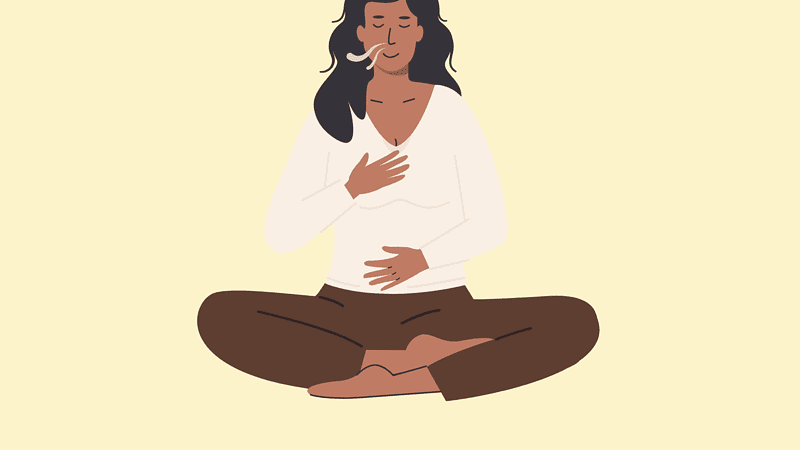
Breath: The Secret Doorway
I want to talk about the respiratory system and how it is so much more than just a mechanism for taking in oxygen and expelling carbon dioxide. It is the subtle yet powerful bridge between the body, the mind, and what many call the “energy body.”
Reading time: 4 minutes
The ancient populations knew so, across many languages and traditions, the word for breath often mirrors the word for spirit or life force: prana in Sanskrit, pneuma in Greek, qi in Chinese, ki in Japanese, and spiritus in Latin. This linguistic connection points to a deeper truth: breath is the doorway through which we access our deeper emotional and energetic dimensions, not merely a biological function.
But how exactly does the breath affect our emotional state? Think about how we instinctively speak of breath when describing strong emotions: “You took my breath away,” “That was breathtaking,” “I was suffocating in that relationship.” These phrases aren’t poetic coincidences—they reveal a deep connection between our breathing patterns and our inner world. When we’re anxious, our breath becomes shallow and rapid. When calm, it slows and deepens. The breath reflects our emotional state, but it also shapes it. By consciously shifting our breath, we can regulate our emotions, calm the nervous system, and even alter our perception of the world.
In yoga, breath is everything. Known as pranayama, breathwork is one of the foundational limbs of yoga practice. It’s not just an add-on; it is the energetic engine behind each posture, each meditation, each moment of presence. The breath supports the transition from movement to stillness, from chaos to clarity. And perhaps most importantly, it influences systems we typically consider beyond our conscious control—heart rate, blood pressure, lymphatic drainage, digestion, and nervous system regulation.
At the center of this breath-body-emotion connection lies the diaphragm, the primary skeletal muscle responsible for respiration. Shaped like an umbrella and sitting just beneath the lungs, the diaphragm is attached to the ribs, spine, and other key structures like the psoas, quadratus lumborum (QL), and abdominal muscles. Strengthening and relaxing this muscle—just like training any other skeletal muscle—enhances not only respiratory efficiency but also our capacity to shift from the sympathetic (fight or flight) to the parasympathetic (rest and digest) state
So how do we strengthen the diaphragm?
- Diaphragmatic Breathing (Belly Breathing): Lying on your back or seated upright, place one hand on your chest and one on your belly. Inhale deeply through your nose, directing the breath into your lower ribs and abdomen, expanding your belly without lifting your chest. Exhale slowly and fully. Practice for several minutes daily to increase diaphragm awareness and strength.
- Forced Exhalation: After a deep inhalation, actively engage your abdominal muscles to push the breath out forcefully through your mouth. This activates and strengthens both the diaphragm and the abdominal muscles that assist in breathing.
- Kapalabhati (Skull-Shining Breath): A yogic cleansing technique that involves short, forceful exhalations through the nose while the inhale happens passively. This rapid breathing not only strengthens the diaphragm but also stimulates the nervous system and energises the body.
- Postural Support: The diaphragm doesn’t work in isolation. Strengthening and stretching postural muscles around the thoracic cavity and abdomen—like the intercostals, spinal stabilisers, lats, pecs and core muscles—gives the diaphragm room and structure to move properly. Practices like spinal extensions, chest openers, and gentle core work enhance this synergy.
Something we don't tend to think about, is that the diaphragm is also a physical crossroad for key structures in the body: the aorta, vena cava, oesophagus, and even the spinal cord all pass through it. Breathing, then, doesn’t just move air—it massages and influences these vital systems. And when we breathe consciously, we stimulate the tiny mechanoreceptors in the lungs that connect via the nerves to the mechanoreceptors of the heart, converging at the throat—our center of expression. This is why breath-based practices like singing or chanting mantra are so transformative; they activate this integrated system, opening up both the emotional and energetic body.





